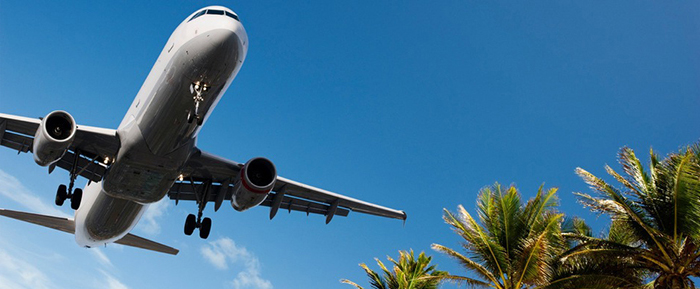
Traveling with scuba equipment can become difficult, especially for rebreather divers. However there are a few things you can do to make traveling with a rebreather much easier:
- Use the hard shipping case to transport your rebreather. Disassemble it precisely the same way it arrived from the manufacturer.
- Put a formal letter in each case of luggage that begins: “Dear TSA Agent…” Advise them that this is a diving apparatus and that it is delicate life support equipment. Put your cell phone and seat assignment on the letter and urge them to call if they have questions. Thank them for their diligence in securing your life support equipment. Put a small bundle of replacement zip ties inside the luggage so they can re-secure the zipper pulls or case latches. If you have a title, logo or company letterhead that looks impressive, put that on the letter. If you have photograph of your smiling face in that diving equipment, print that on the letter. If this is the trip of a lifetime, tell them. Making their job easy, fun and light will increase your chances of getting to the destination with all gear intact.
- Check ahead and buy rebreather sorb at your destination. If you are traveling somewhere without support, then you may have to carry sorb in your checked baggage.
- If you pack your own sorb, download the MSDS (Material Safety Data Sheet) from the internet for the brand of sorb that you are carrying. Tape the MSDS to the keg and if you feel like being a bit creative, print a sticker on your computer that reads “Safe for Airline Transport” in large block letters and stick it to the keg.
- Tanks must have the valve removed and the opening must not be covered with tape or plugs. Put a piece of duct tape on the tank that reads, “Tank is empty. No pressure. Safe for airline transport.” Put them in a large plastic bag so that the screener can look into the tank without removing it from the bag. Tell the person at check in that you have tanks and explain that they are empty. they will put a note in your file. Take a small VIP light to your destination to check tanks before replacing the valve. Theoretically your oxygen clean status is now invalid.
- Cover any oxygen labels on your tank with duct tape. Stick a plastic flower in your tank, then when they tell you tanks are prohibited, tell them it is a big steel flower vase.
- Consider renting rebreather tanks on arrival at your destination. Each 19 cft / 3 liter tank weighs a hefty ten pounds or 4 kilos in baggage. 300 bar DIN valves may not be filled in some European destinations. Regulations restrict some dive shops from filling these valves even at lower pressures. They may not even have a 300 bar fill adapter. It may be easier to use 200 bar DIN valves. Some countries require hydrostatic tests at a greater frequency than once every five years. Some require tests be conducted every two years. Your tanks will have to meet local regulations for filling. Renting them locally will save headaches.
- Lithium batteries may not be carried checked in baggage. They may be installed in the rebreather and two spare lithium batteries may be hand carried. Regulations are ever fluctuating, so keep up with changes at the TSA website. Tape over any reference to lithium on battery packs.
- Pack neatly since disheveled cases get more attention.
- Photograph the interior and exterior of your packed bags and make an inventory of contents. In the event that your bag is lost or parts are damaged, you have vital proof for a claim with the airlines.
- Consider extra insurance for your equipment. DAN has some good deals.
- Bring adequate spare parts and tools to repair any damage on arrival, but do not carry large tools in carry-on baggage. There are strict limitations on the size of tools that may be hand-carried on the aircraft.
- Last but not least… drive if you possibly can or pre-ship if you can afford to.

